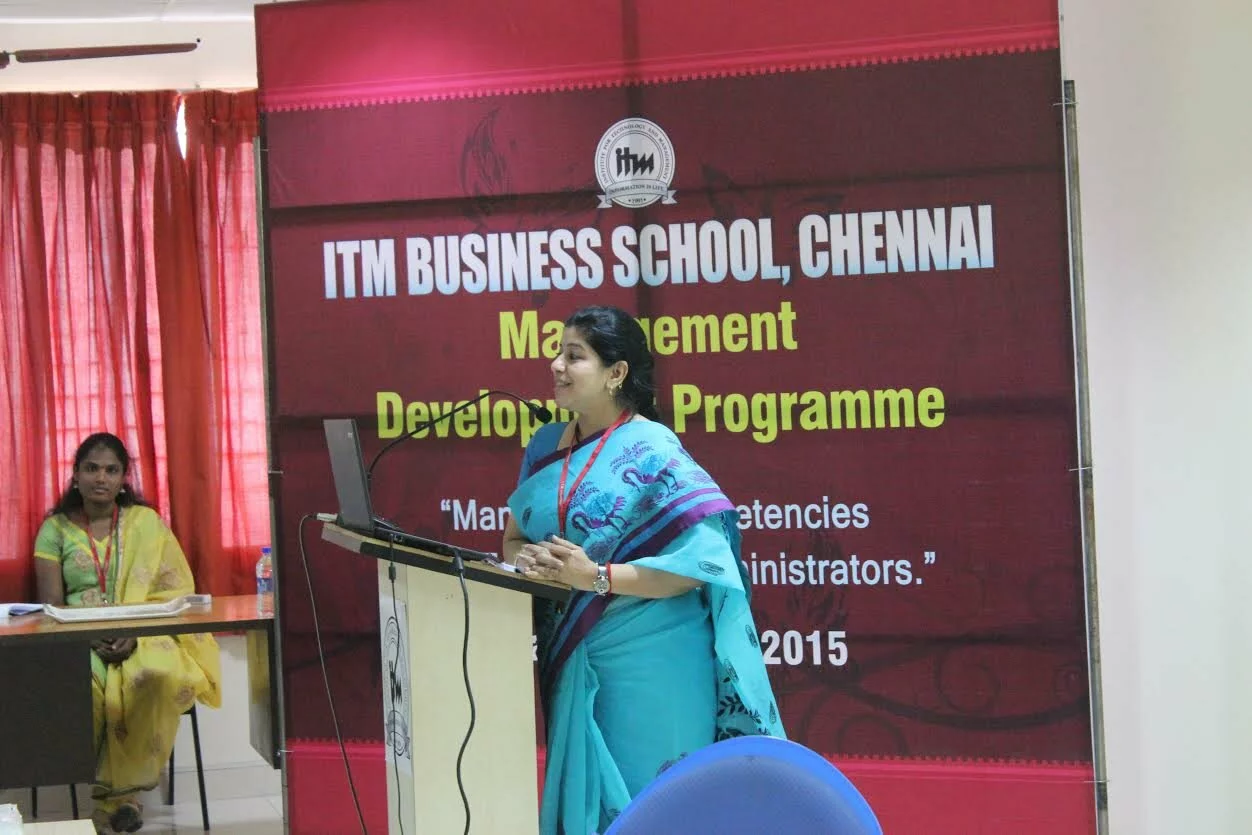 LAND ACQUISITION BILL (AMENDMENT) BILL 2015 (LAB)
LAND ACQUISITION BILL (AMENDMENT) BILL 2015 (LAB)
Industrialization and Urbanization both have to grow and expand concurrently to provide the economic impetus and thrust to a nation and Land is a mandatory constituent of such acceleration and growth.
As essential is the inevitable need for various public causes and purposes for which govt. needs land. As Urbanization extends and cities expand inducting the borders of villages and two tier cities and towns into their fold; land acquisition becomes that much more crucial and in many ways unavoidable.
Having said that interests of land owners cannot be overlooked, their alternate source of livelihood, housing etc. needs to be and should be protected.
Land, albeit a State subject in India the basic law governing the Land Acquisition process has been the Land Acquisition Act of 1894. Despite being amended several times, the Principal Act undoubtedly outdated remained unchanged leading to the existence of an archaic Law.
Land is a highly emotional subject in India and there is a huge disparity in the balance of power as well as intent and information between the acquirer and the land owner, hence making it that much more pertinent and necessary to have Laws in place to drive such transactions to facilitate and ensure facile and fair enforcement of the laid down Rules and Regulations.
It is essential if not mandatory for Rehabilitation and Resettlement to immediately follow acquisition of land. Compensation- monetary or otherwise in terms of alternate housing, jobs depending on relocation, loss of livelihood in the interim etc. cannot be delayed. The time lapse between the two has to be minimized to the maximum preferably happen simultaneously. Unfortunately as reported it is far from what happens in actuality as has been the experience till date.
Land Acquisition in India comes under the purview of and is governed by the Right to Fair compensation and transparency in Land acquisition, Rehabilitation and Resettlement Act, 2013 which came into force in January 2014.
Prior to 2013 the Land Acquisition Act of 1894 was the governing Law. The UPA govt. passed an amendment bill in 2007.
It had also introduced the Rehabilitation and Resettlement Bill for people displaced on account of such displacement. Both bills lapsed in 2009 and in may 2011 the National Security council suggested a Slew of measures to address the conceived road blocks pertaining to land acquisition.
A major issue in India is the verification of land records as it cannot be easily verified thus opening up avenues for litigation after purchase or acquisition. To try and address this problem The Land Titling Bill was drafted by the Ministry of Rural Development in July 2011.
It was however the thought that the 2013 Act could be further improved upon to benefit all concerned and essentially with the overwhelming need felt to indeed have in place a holistic tool by which the right to fair Compensation and Transparency in Land Acquisition, Rehabilitation and thus Resettlement of the displaced and affected persons/families be implemented whilst concurrently focusing on nation building and development that led to the Land Acquisition Rehabilitation and Resettlement (Amendment) Bill 2015 commonly known as the LAB.
On 31.12.14 the NDA govt. passed an ordinance which sought to “meet the twin objectives of farmer welfare along with expeditiously meeting the strategic and developmental needs of the country”.
The Draft Bill sought to Balance the two irrespective of who acquires the Land Private or Govt. Further the issue sought to be addressed was the Total compensation based on various criteria taking into account not just changes in market value of the land, impasse of time, availability of alternate land in the prevalent market scenario, ability to purchase equivalent land parcels given current market conditions, value of any asset on the said land, reestablishment, construction, developmental costs, cost of living depending on where the shift has to be made to, cost of appreciation, Infrastructural amenities in the new place any many such…. There were innumerable considerations which we believe were taken into consideration.
Compliance with relevant and applicable laws such as Panchayat Acts and tribal and Forests rights, social impact, dispute resolutions safeguards against indiscriminate acquisitions are also factors which need grave consideration. What is equally important is the definition of “Public purpose”
The Amendment Bill was passed in the Lok Sabha on March 10, 2015.
Some of the salient features of the Bill to be noted are:
- The Right to fair compensation and Transparency in Land acquisition, Rehabilitation and Resettlement (Amendment) Bill seeks to amend the LARR Act of 2013.
- The Bill encapsulates the special categories for land use. The categories being Defence, Rural Infrastructure, Affordable housing, Industrial Corridors, Infrastructure projects including Public private partnership projects (PPP) where land ownership vests with Government.
- The Bill seeks to exempt the above categories from the provision of 80% consent from land owners for private projects and 70% land owners’ consent for PPP projects as required by LARR 2013.
- These projects are further exempted from having to have a Social Impact Assessment (SIA) carried out in order to identify those affected and also from the restrictions imposed on the acquisition of irrigated multi cropped land imposed under LARR 2013
- The Bill looks at bringing in compensation, rehabilitation and resettlement under other related Acts for e.g. National Highways Act & Railways Act in line with and in consonance with the LARR Act
- The term “Private Companies” as referred to in LARR 2013 has been changed to widen the ambit and is now referred to as “ Private entities”
Land Acquisition in India is the process by which the Central and/or State governments acquire/take over lands for developmental projects be it for Infrastructure or other growth initiatives. (Road widening, Bridges etc)
The Act was contemplated since there have been a plethora of complaints and controversies over very many years by land owners alleging poor and inadequate compensation vis-a-vis prevailing market prices. The unrealistic and continuously rising land prices make it prohibitive for the land owners to find satisfactory resettlement options in keeping with what they must have had in mind whilst purchasing/investing in the land in question. All These concerns and parameters have largely been ignored or bypassed in the past.
UNDERSTANDING THE LAB:
Having taken a brief look at the Land Act since 2013 of the UPA what could be considered the main strength of the 2015 Land Bill?
What stands out foremost is that it looks at improving on the existing Act.
It revolves around the 5 categories being exempted in the Bill from 70% consent of communities and Social Impact Assessment requirement in Projects which are considered to be in “public interest”:
Projects vital to national security, rural infrastructure including electrification, affordable housing, Industrial corridors, Infrastructure projects including PPP where ownership of land continues to vest with govt.
This undoubtedly gives rise to fear and concerns in the minds of the land owners particularly the humble farmer as the definition and interpretation of all the above categories can be wide.
The major plus point & strength of the 2015 Bill has to be the implied veto of the outdated Land Acquisition Act of 1894. In that, “public interest” could have been interpreted with govt. having a right over all lands potentially serving as a means to displace millions without adequate, little or no compensation with its concept of preeminent domain. Herein the colonial claim that the state has the preeminent right to decide what constitutes ‘public interest’ served as a draconian loophole. .
As many in cities too have been known to have been displaced for Property Development as have been in Villages and Tribal areas for Infrastructure, dams, factories, mines etc.
The unfair circumstances, drastic changes in living standards for many following such acquisition and having no forum to take their grievances to have been attempted to be addressed by instituting the Free Prior Informed Consent (FPIC). It’s at least a beginning. The Land Bill promises control over decision making through local Gram Sabhas. It also assures a process of Social Impact Assessments.
The PM has voiced his belief that Adivasis too can have a hand in and contribute to the Development of and building of the nation, the starting point being now; provided citizens pay heed to the collective bargaining prospects of a common agenda of values involving fair sharing of resources and safeguarding biodiversity with the objective to live in harmony for and in a sustainable environment in the future.
Farmers’ reactions have been taken as a democratic weapon for govt. to learn and amend laws to improve and safeguard growth, resources, Development and democracy.
The Ordinance was therefore introduced with the changes made to the existing Act. These changes may be viewed as made with the intention and attempt to correct the Land Acquisition, Rehabilitation and Resettlement Act 2013 which was considered by many as restrictive.
The current Amendment Bill does leave some apprehensions for those who cultivate but do not own these lands they cultivate on—-for want of clarity as to how they will be compensated since the Bill only talks about land owners specifically.
The govt. has amended section 10(A) of the Act to expand sectors where Assessment and consent will not be required. The consent clause and Social Impact Assessment has been removed. Hence govt. or private Individuals/Companies as in “Private entities” will no longer need the mandatory 80% consent for land acquisition in those 5 sectors. Mr. Arun Jaitley has stated that the mandatory “consent” clause and the Social Impact Assessment (SIA) will not be applicable should the land be acquired for the said 5 sectors viz. National Security, defence, rural infrastructure including electrification, industrial corridors and Affordable Housing for the poor including PPP where ownership of land continues to be vested with the govt.
Rehabilitation and Resettlement packages will be available as per the New Act. How those apart from the Land Owner dependent on such acquired lands will be compensated is however as mentioned above is nevertheless ambiguous. Another aspect that will not be considered for these sectors is the fertility of land.
The govt. has included 13 Acts in the proposed Act /Bill which were not part of the Act thus far. This has been seen by govt. and viewed by many as a pro farmer move as rehabilitation and compensation will be applicable for 13 additional Legislation as till now land acquired under these acts did not have any central policy or compensation provisions thereby widening the net for the landowners’ eligibility for compensation.
The 13 Acts being brought under its purview to provide a wider ambit for compensation to farmers/persons whose lands are acquired are: Coal bearing Areas Acquisition& Development Act 1957, The National Highways Act 1956, Land Acquisition (Mines) Act 1885, Atomic Energy Act 1962, The Indian Tramways Act 1886, The Railways Act 1989,The Ancient Monuments & Archaeological Sites & Remains Act 1958, The Petroleum & Minerals Pipelines (Acquisition of Right of User in Land) Act 1962, The Damodar Valley Corporation Act 1948, The Electricity Act 2003, Requisitioning and Acquisition of Immovable Property Act 1952, The Resettlement of Displaced person (Land Acquisition) Act 1948, and Metro Railways (Construction of works) Act 1978.
Although the scope for compensation has been widened, the Compensation package remains unchanged at four times the market price for Rural and two times for Urban land despite pressure to increase the quantum of the compensation package.
The Ordinance may have been passed for more clarity on provisions as well as to send out a message that the present govt. is trying to minimize unnecessary Red tape and procedural bottlenecks to pave the way for an Investor friendly atmosphere and to try and work towards boosting the manufacturing sector the ultimate aim being the ‘’Made in India” project.
Opposition has flayed these amendments. According to various reports some States did not want the consent clause removed for PPP’s or reduced to 50%. Similarly some States wanted the SIA restricted only to large projects.
Minister for Rural Development Birendra Singh said that Obtaining consent was apparently removed after a high level meeting of Chief Ministers and Chief Secretaries wherein they said that obtaining the consent to adhere to the said clause was a challenge and was holding back development as it has proved impossible in some cases.
The Land Bill was passed in the Lok Sabha with a broad consensus on the Revised ordinance along with its nine Amendments by a voice vote amid a walk out by the Trinamool Congress, BJD, AAP, Left NCP & SP. Shiv Sena an ally of the NDA abstained from voting, SAD Voted saying their party however would not acquire land without the consent of the farmers. AIDMK voted with the NDA.
Whilst moving these amendment the Rural Development Minister Birendra Singh assured the House that land would not be acquired for the private sector by the govt.
Despite the Ruling Partys’ majority in the lower house and having cleared it there it has to be cleared by the Rajya Sabha(RS) to become a Law and it promises to be an uphill task as a similar majority is not enjoyed in the Upper House. One cannot at this juncture completely rule out the possibility of further amendments before being presented to the RS as there are still some clauses that the Shiv Sena and BJD are opposing.
It is also left to be seen what impact this will have in bringing in fresh investments to boost development and the Manufacturing sector in particular by keeping the interest and rights of the poor in mind.
Notable Provisions under the Bill are:
- Farmers’ consent not required for acquisitions for specified sectors
- Land cannot be acquired for private purposes
- Allows for appeal in Court against erring govt. officials guilty of malafide action and Courts can take cognizance of offences under this Act by govt. servants under section 197 of Criminal Procedure Code
- Industrial corridor restricted to 1 km on both sides of the Corridor/Highways and only Industrial corridors set up by Central or State governments would be covered by the Act
- Compulsory employment to at least one member of the affected family of farm labourers
- to ensure that only the bare minimum land required for projects will be acquired
- No exemption to “Social Infrastructure” Projects
- Private Educational Institutions and Private hospitals will not be covered under the Act
- Land acquisition, Rehabilitation and Resettlement authority to hold hearings in districts where land acquisition takes place
With the recent Farmers’ suicide at the AAP Rally and a bleak monsoon foretasted discontent, anxiety and fears of the Indian Farmer may be at the optimum right now. In light of these developments the timing of the Bill may not be the most opportune however will there ever be an opportune time?
How can one predict unforeseen events, incidents, natural calamities in spite of all the technology at hand, monsoons too as seen this year as the basis of the unfortunate suicides is a glaring eye opener that none of it can be predicted with certainty. Bills cannot be passed and changed overnight on the basis of incidents and predictions however unfortunate as the larger picture cannot be ignored and is what needs to be focused upon.
Is this new LAB really against farmers?
The 2013 Act exempted land acquisition for govt. projects and by bringing those 13 under its purview it actually benefits farmers.
The majority of India’s population is engaged in Agriculture but a mere 15% (approximately) of India’s’ GDP is generated by Agriculture.
Surveys conducted reveal that one of the reasons for this is the non- viability of small land holdings. This in turn leads to the urgency of developing and generating non – agricultural related jobs and alternate means of employment. It then follows that land be acquired and other economically viable Industries and factories are set up on such lands in order to generate employment to millions. It isn’t an ideal situation as compensation for lands also increases the cost of setting up the Industries. However provisions like mandatory employment of at least one member tries to balance out the already tenuous and fragile structure and circumstances and a job in such factories may prove beneficial in the longer run than small parcels of land for farming and agricultural produce which are economically non-viable and dependent on nature over which one has no control.
There undoubtedly is resistance from certain quarters w.r.t. the proposed waiver of the 80% consent and SIA. However as pointed out earlier that had apparently become untenable as more than 1/3 of projects never took off due to land acquisition issues.
Meaningful employment, Industrialization and rapid development of infrastructure is a must to alleviate the masses out of poverty which cannot become a reality without the LAB becoming a law and getting rid of the draconian Law of 1894 and other such limiting Laws.
The NDA believes that these key changes to the LAB are fundamental to the overall growth and Development of the country as a whole without losing sight of the well-being of and benefits to the villagers, farmers and laborers.
Points for thought:
Definition of Social Infrastructure
PPP
Timing of compensation and completion of projects
Author
Sumana Vyas : Sumana has been a senior level executive with large consulting firms, focused on corporate strategy &development with a strong orientation in Finance, Law and Operations. She has consistently delivered mission critical results and has specialized in Growth Management and Business Development interacting with Government departments both at the central and state levels. In her last assignment, she was the CEO of CREDAI, Chennai & Credai Tamil Nadu


















